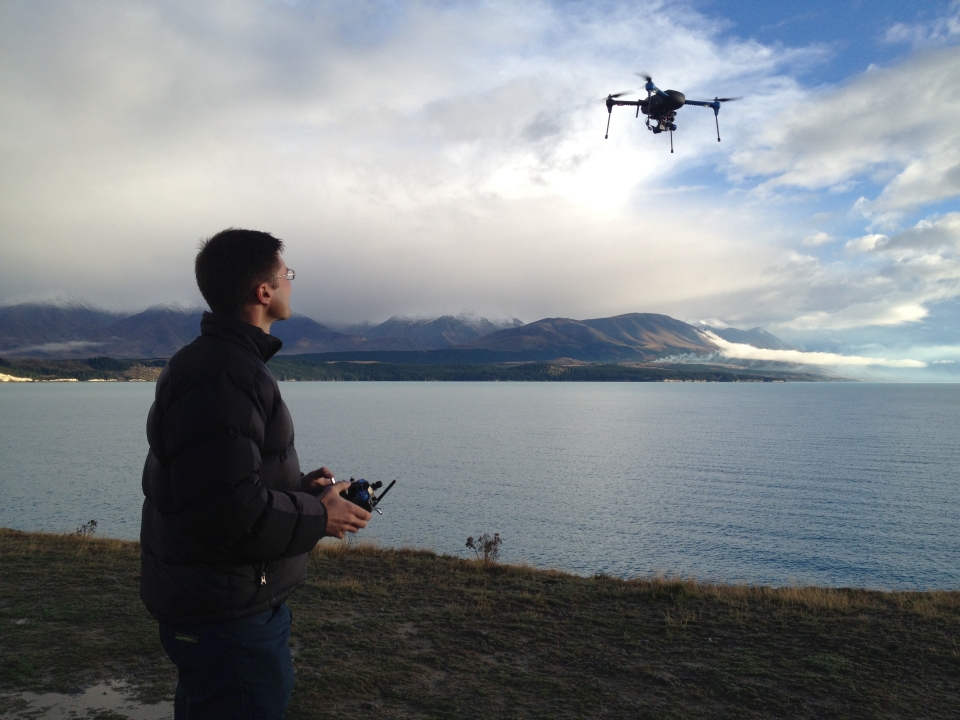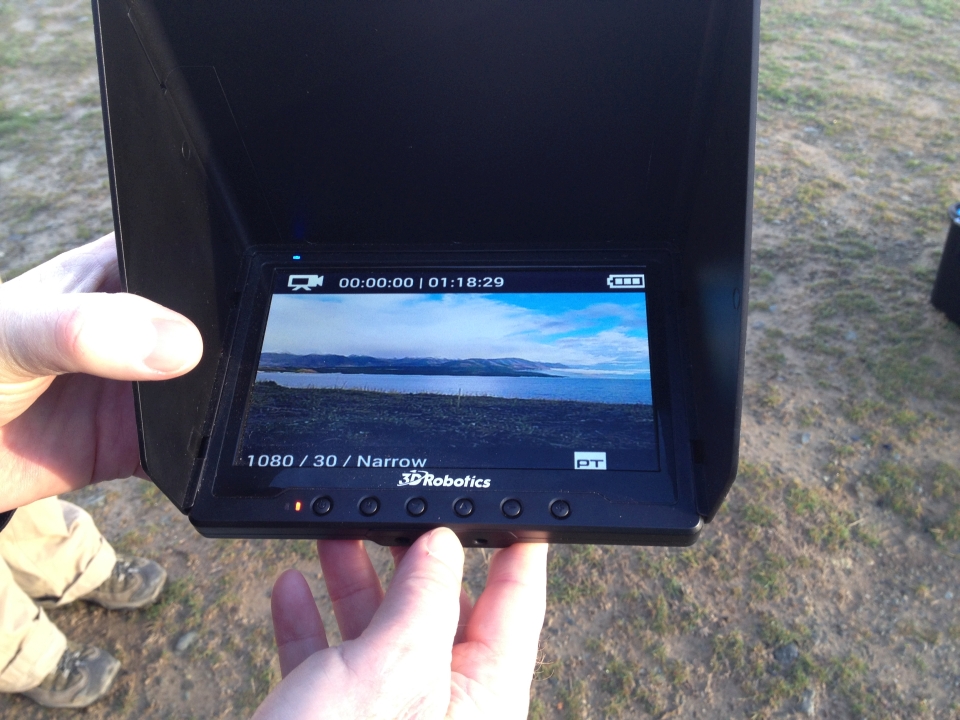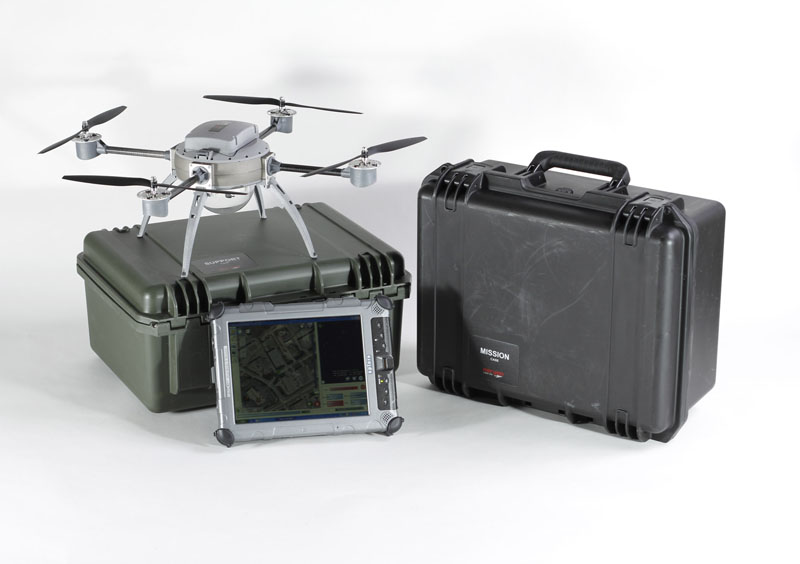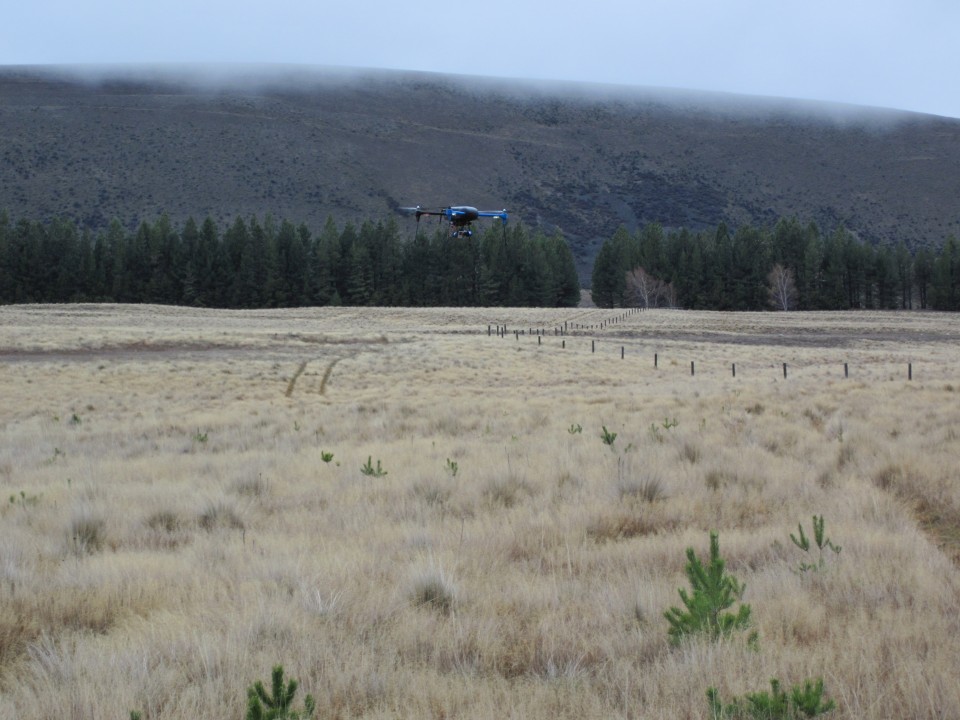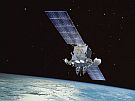Unmanned aerial vehicles (UAVs) are often called drones. Drones do not require a human pilot. There are two main types of drones:
- Automated unmanned aircraft – these drones are programmed to run independently without the need for remote control.
- Remote controlled unmanned aircraft – these drones are operated using remote control, where a person directs the aircraft usually from the ground.
Uses
Drones were first used by the military during the Vietnam War. Drones have now been developed for a lot of other uses, such as:
- mapping
- aerial photography
- inspection of power or pipelines disaster response, for example after the Canterbury earthquakes to identify areas of damage
- firefighting
- police surveillance
- search and rescue
- research
- filming
- farm management
- weed or pest control
Drones are often used for work that is too time consuming, dirty or dangerous for a manned aircraft. Drones are also much cheaper to operate.
Drones are being used for the management of wilding pines, you will be able to see this during the field trip.
Rules to govern the use of drones
The Civil Aviation Authority (CAA) is developing new rules about the use of drones to keep our air space safe and control the use of drones. The new rules will stop people from flying drones over parks or houses unless they have permission from all affected people. Flying within 4km of an aerodrome or heliport will also be prohibited. The new rules include: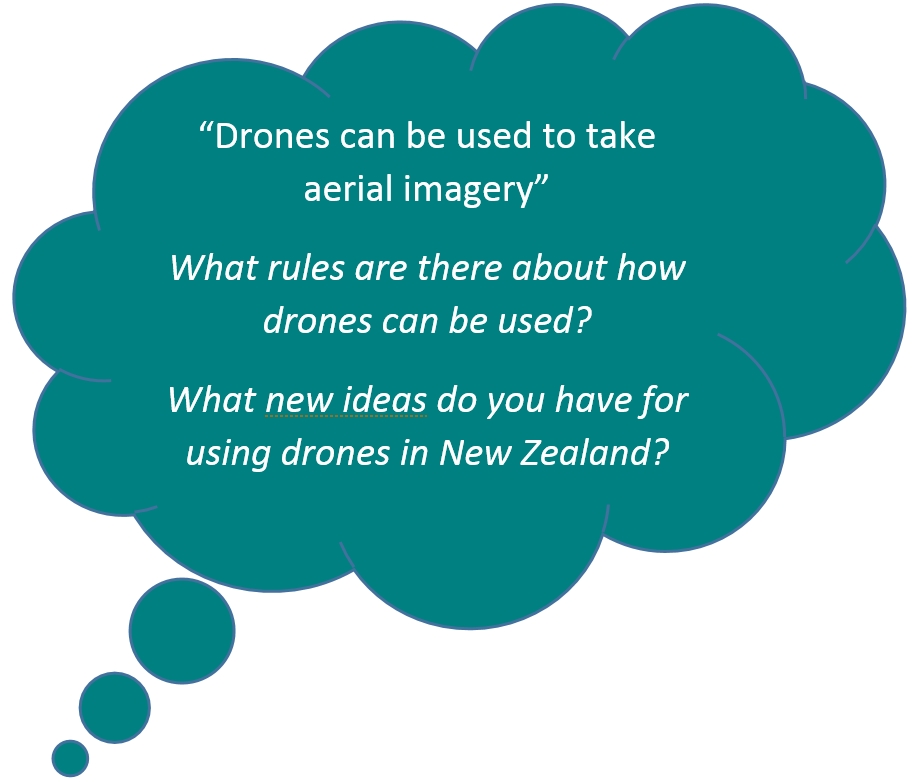
- The aircraft must not create a hazard to other aircraft, persons or property
- The aircraft must not fly within 4km of an aerodrome.
- There are 187 aerodromes in New Zealand, including commercial airports, private aerodromes and hospital heliports. Placing a 4km zone around these creates a significant no-fly zone
- The aircraft must remain in visual line of sight and it can only be used in daylight
- The aircraft must not fly higher than 120m above ground level
- It must weigh less than 15kg The pilot must give way to all crewed aircraft

